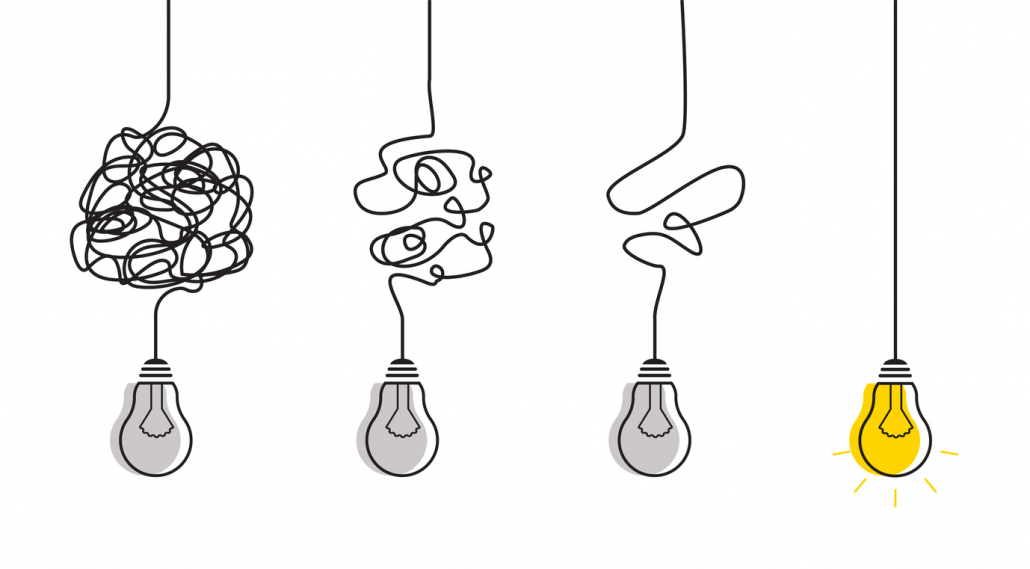Complexity doesn’t have to be a barrier to understanding. When it comes to effective communication how you say something is just as important as what it is you have to say.
At Get the Data we use cutting-edge data analysis tools to show our clients the impact their work is having, to predict how changing their approach will affect their outcomes, and to show our clients how they can best use their resources.
Collecting and analyzing data in this way generates of a lot of information. This information needs to be accessible by a variety of audiences. Our findings might have implications for policy makers, managers, frontline workers, practitioners, and funders. Our analyses also need to be transparent and open to scrutiny by our peers.
When presenting our work, we consider the variety of people who will see our findings. We take pride in being able to communicate our complex findings to diverse audiences.
The reports, summaries, and recommendations we produce for our clients are just as important as the data analysis on which they are based.
I joined the Home Office of the UK government 30 years ago, as a researcher. In those days, the standard approach to producing a report was a minimum of 100 pages of dense text accompanied by detailed tables.
While these were certainly comprehensive reports it also meant that the implications of the research were completely obscured by details. They could hardly be described as transparent and it seems unlikely that anyone, aside from a limited group, would ever read the entire report.
I sometimes wonder if any of the research ever influenced policy or practice.
My approach to writing reports changed ten years ago, when I came across the 1:3:25 style of reporting. Originally promoted by the Canadian Health Services Foundation, the purpose of this style of reporting is to present research evidence in a way that engages the “bright, educated reader”. The researcher identifies key findings of their research and summarizes the implications of those findings for policy and practice.
The 1:3:25 format can itself be quite easily summarized:
- 1 page of main messages.
- This page sets out the lessons that decision makers can take from the research. These are the heart of the report, showing the reader exactly what the findings mean for them.
- A 3-page executive summary.
- The research findings are condensed to serve the needs of the busy decision maker, who needs to quickly know whether the report will be useful to them. This section needs to get across the essence of the research succinctly. This can be structured like a newspaper report on the findings, by summarizing each finding or recommendation in one sentence and adding detail in succeeding points.
- 25 pages of main findings.
- The context of the research, including an outline of the policy issue and stating the research questions.
- The implications of the research findings, stating what they mean for decision makers.
- The methodological approach. An outline of the methods used, including the design of the study. However, technical material should be saved for an appendix.
- The results of the study. This is a summary of the results, to show how they support the conclusions and recommendations that have been presented.
- Any additional resources. This would include details of relevant information, including publications, web sites and other useful sources of information for decision makers.
The 1:3:25 approach recognizes that in drafting the report the researchers will need to engage with those who have commissioned the research but also address issues that are important to a range of stakeholders.
At Get the Data we put our clients’ needs at the heart of our approach. Our works begins by engaging the client, discussing potential findings, and finding out what is important to them. We identify potential stakeholders at the initial stage of our quality process to produce analyses that everyone in our clients’ organizations can use.
If you would like to learn more about how Get the Data can benefit your business or organization, please contact Alan or Jack or by visiting getthedata.net/contact/.
